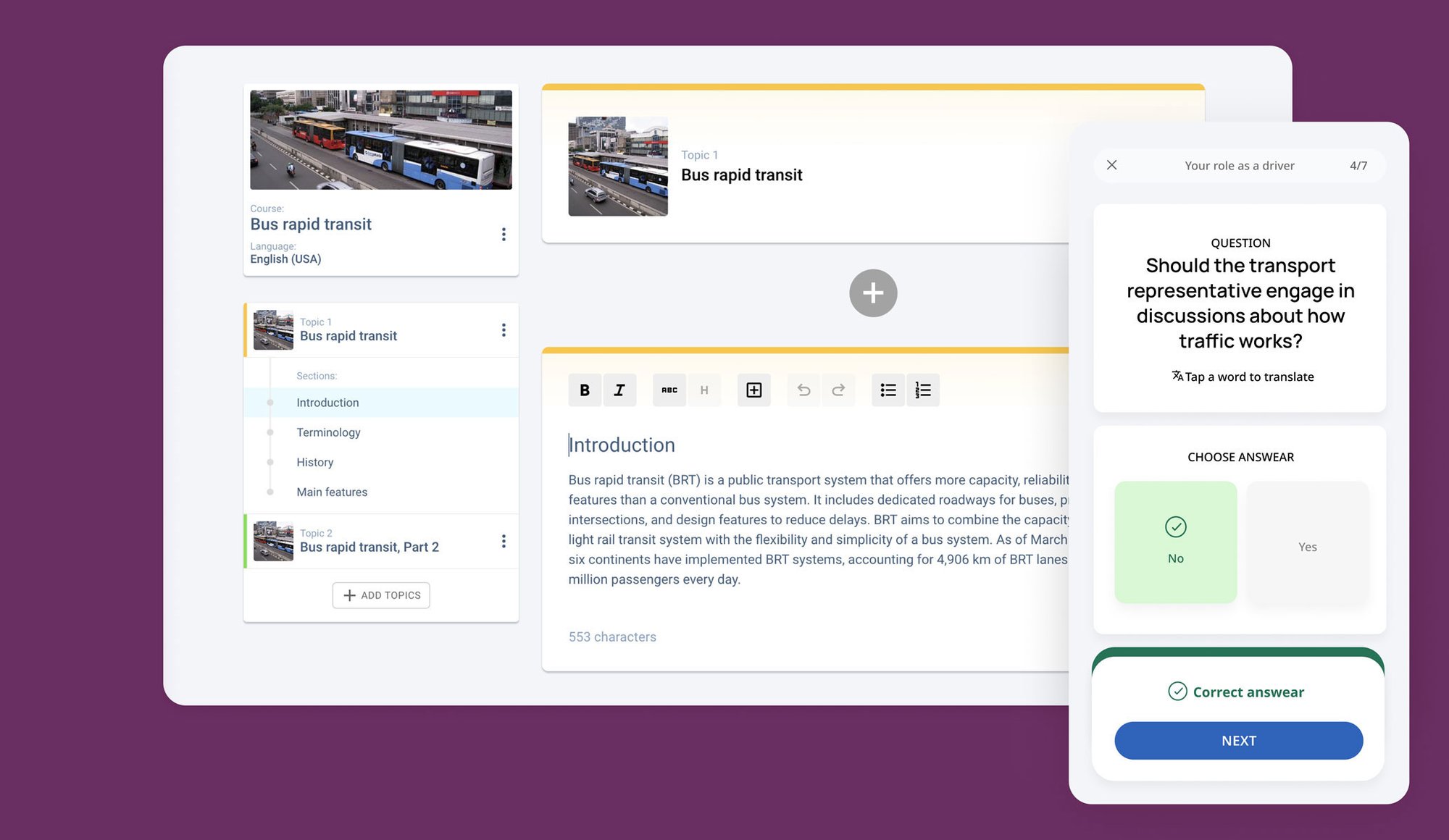FAQs
1. How can leadership training benefit manufacturing team leaders?
Leadership training benefits manufacturing supervisors by equipping them with essential skills and techniques for effective team management and enhancing productivity. New supervisors learn how to communicate more clearly, resolve conflicts efficiently, and delegate tasks appropriately, all contributing to a more harmonious and productive work environment. Additionally, leadership training helps even experienced supervisors develop critical thinking and problem-solving abilities, enabling them to address challenges proactively and make informed decisions that drive the team’s performance.
By investing in leadership training, organisations ensure that their supervisors are not just managers but true leaders who can inspire and guide their teams towards achieving short-term and long-term business goals.
2. What are some common challenges faced by manufacturing supervisors?
Manufacturing supervisors often encounter challenges that can significantly impact their ability to lead effectively. One of the primary challenges is communication—ensuring that all team members clearly understand instructions to avoid errors and inefficiencies. Supervisors must also manage time effectively, balancing the demands of production schedules with the needs of their workforce, which can be particularly challenging in a fast-paced manufacturing environment. Conflict resolution is another major challenge; supervisors must mediate disputes between team members, resolve issues quickly, and maintain a positive work atmosphere.
3. How can supervisors enhance communication skills during the management training?
Supervisors can enhance their communication skills by adopting strategies that promote clarity, understanding, and open dialogue within their teams. First, they should focus on being clear and concise in their instructions, avoiding technical jargon that might confuse team members and ensuring everyone fully understands their roles and responsibilities. Practising active listening is another crucial skill; supervisors should give their full attention to team members when they speak, ask clarifying questions, and provide feedback that shows they have understood the concerns or suggestions being raised.
4. Why is safety a crucial aspect of leadership in manufacturing?
Safety is a fundamental aspect of leadership in manufacturing because it directly impacts employees' well-being and the production process's efficiency. Due to heavy machinery, hazardous materials, and complex processes, the risk of accidents and injuries in a manufacturing setting is often higher.
Many supervisors are responsible for ensuring that all safety protocols are strictly followed, which helps to protect employees from harm and prevent costly disruptions to the production process. By prioritising safety in their leadership practices, supervisors create a culture of safety consciousness, where employees are more aware of potential hazards and take proactive steps to avoid accidents.
5. How can leaders foster a culture of continuous learning?
Leaders can foster a culture of continuous learning by implementing various strategies that encourage ongoing development and knowledge sharing within the organisation. One of the most effective ways is to provide regular training and professional development opportunities tailored to the needs of the workforce, such as workshops, seminars, and online courses. Encouraging employees to pursue further education through formal qualifications or industry-specific certifications also supports continuous learning and personal growth.
Leaders can promote knowledge sharing by creating platforms where managers and employees can exchange ideas, best practices, and insights—through mentorship programmes, team brainstorming sessions, or internal knowledge databases. Additionally, recognising and rewarding employees who demonstrate a commitment to learning can motivate others to engage in continuous development. By embedding continuous learning into the company’s culture, leaders ensure that the organisation remains agile, innovative, and well-prepared to adapt to industry changes and technological advancements.



